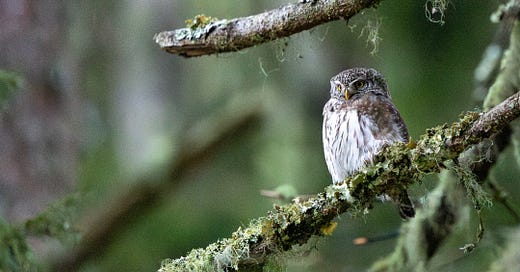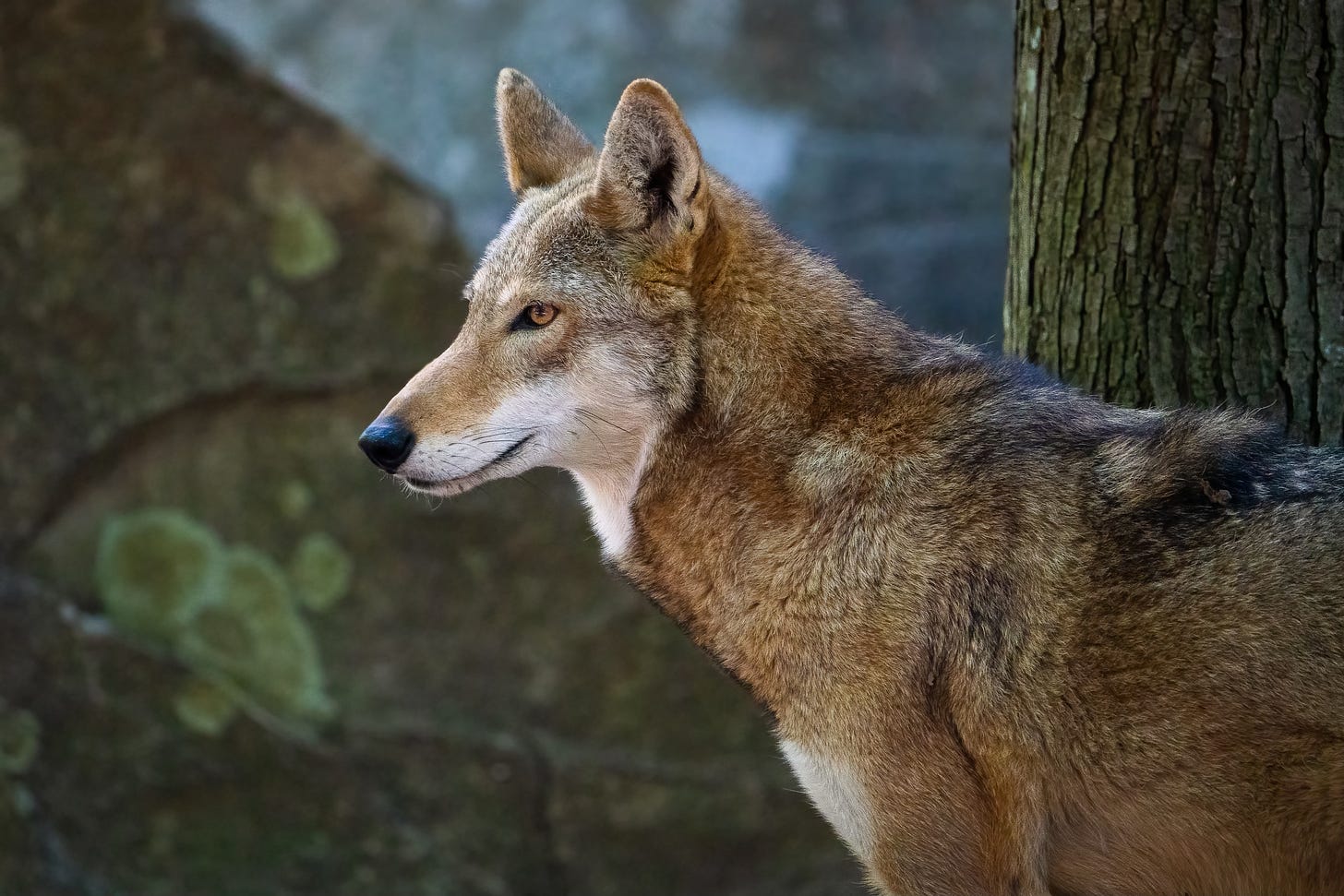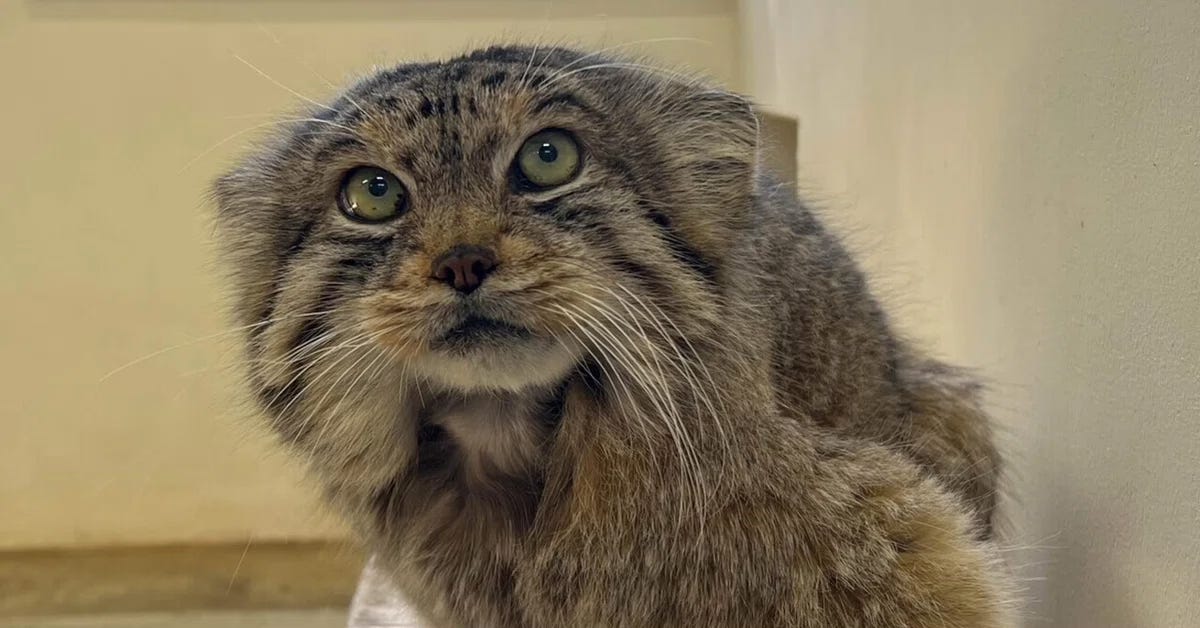By Dan Fletcher
Good morning and happy Monday. For today’s newsletter, I'm breaking new ground on FUZZ today with our first-ever video feature. Join me for a close encounter with the Eurasian pygmy owl – a pint-sized predator with the appetite of a velociraptor.
This tiny terror can snatch songbirds mid-flight and rip their heads clean off. My recent hunt to photograph one in Estonia's forests was equal parts frustrating, damp, and ultimately fantastic.
Hit play and let me know if these video adventures should become a regular FUZZ feature. 🎥
Quick links! 🔗
Last week, I wrote about how noisy neighbors might impact wildlife patterns. A new study from Africa is showing the effects of human presence on watering holes. When tourists camp out at African watering holes hoping for the perfect wildlife photo, they're unknowingly reshuffling nature's carefully timed schedule. New research from the University of Georgia shows that normally nocturnal predators like lions and hyenas switch to daytime hunting when humans occupy their nighttime territory, while prey species like zebras shift to nighttime drinking — potentially creating dangerous new encounters between species that normally avoid each other. Despite these disruptions, researchers emphasize that tourism remains essential for conservation funding and local economies across Africa.
A federal judge has ordered the Trump administration to act on pesticides endangering America's wildlife. The chemicals in question—especially chlorpyrifos—are shockingly toxic, with studies showing they can harm up to 97% of protected species. The insecticide works by attacking nervous systems, causing paralysis and death in insects, while also threatening birds, fish, and even the endangered red wolf through bioaccumulation. Despite recent agency downsizing that cut 400 Fish and Wildlife staff, environmental advocates hope safety measures like larger buffer zones between sprayed fields and waterways can help protect vulnerable wildlife.
Sad news out of Japan’s Nasu Animal Kingdom, where the zoo announced that one of the most famous manuls in the world, Lev, died this morning. Pazi’s Pallas just profiled Lev two weeks ago, when Nasu shared that he was suffering from declining kidney function. Incredibly, manuls can get almost all their water needs from eating small prey alone; the tradeoff to that function, however, is that their kidney function often becomes compromised late in life. In the wild, a manul might be expected to live 5-6 years, Lev made it 10. 🌈









Share this post